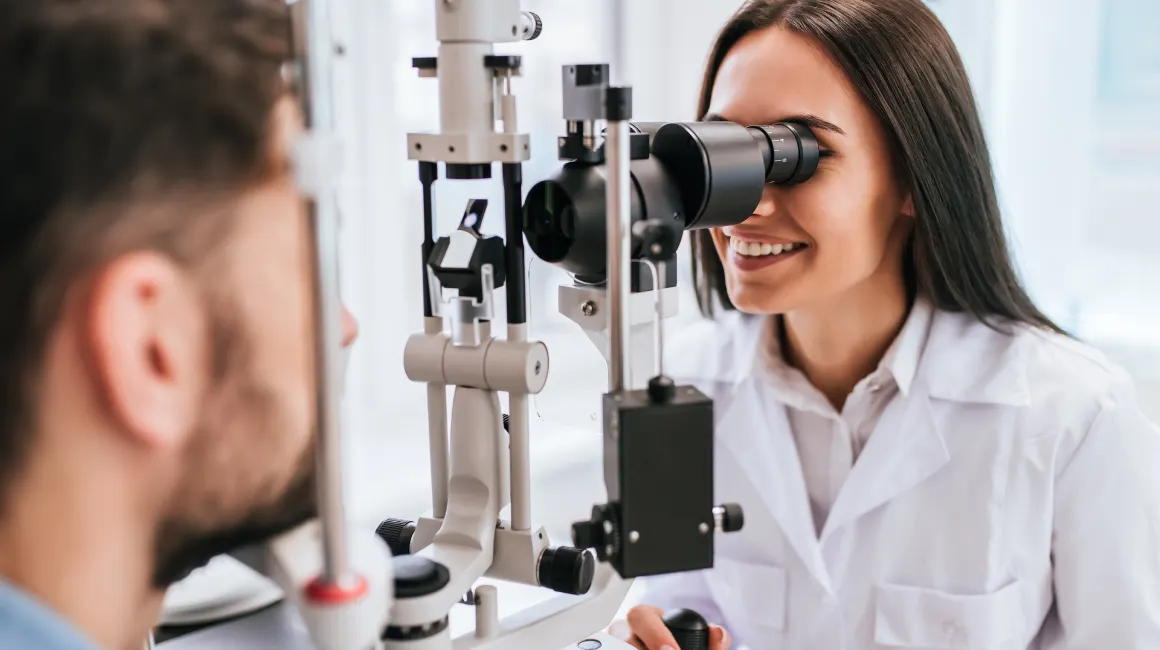
Applanation tonometry

Applanation tonometry
Applanation tonometry is a medical test used to measure the pressure inside the eye (intraocular pressure, or IOP). It is commonly used to diagnose and monitor glaucoma, a condition in which elevated IOP can damage the optic nerve and lead to vision loss.
In applanation tonometry, a small probe called an applanator is gently placed against the cornea (the clear front surface of the eye). The applanator measures the amount of pressure required to flatten a small area of the cornea. This pressure is directly related to the IOP.
There are different types of applanation tonometry, including:
- Goldmann applanation tonometry (GAT): This is the most common type and is considered the gold standard.
- Perkins applanation tonometry: Similar to GAT, but uses a smaller tip and is more portable.
- Dynamic contour tonometry (DCT): This type measures the pressure at multiple points on the cornea and provides a more detailed picture of IOP.
Applanation tonometry is usually performed by an eye care professional (optometrist or ophthalmologist) and is a quick and painless procedure.
Note: While applanation tonometry is not directly related to dentistry, it is an important diagnostic tool for eye health, and dentists often work closely with eye care professionals to ensure overall patient health.


